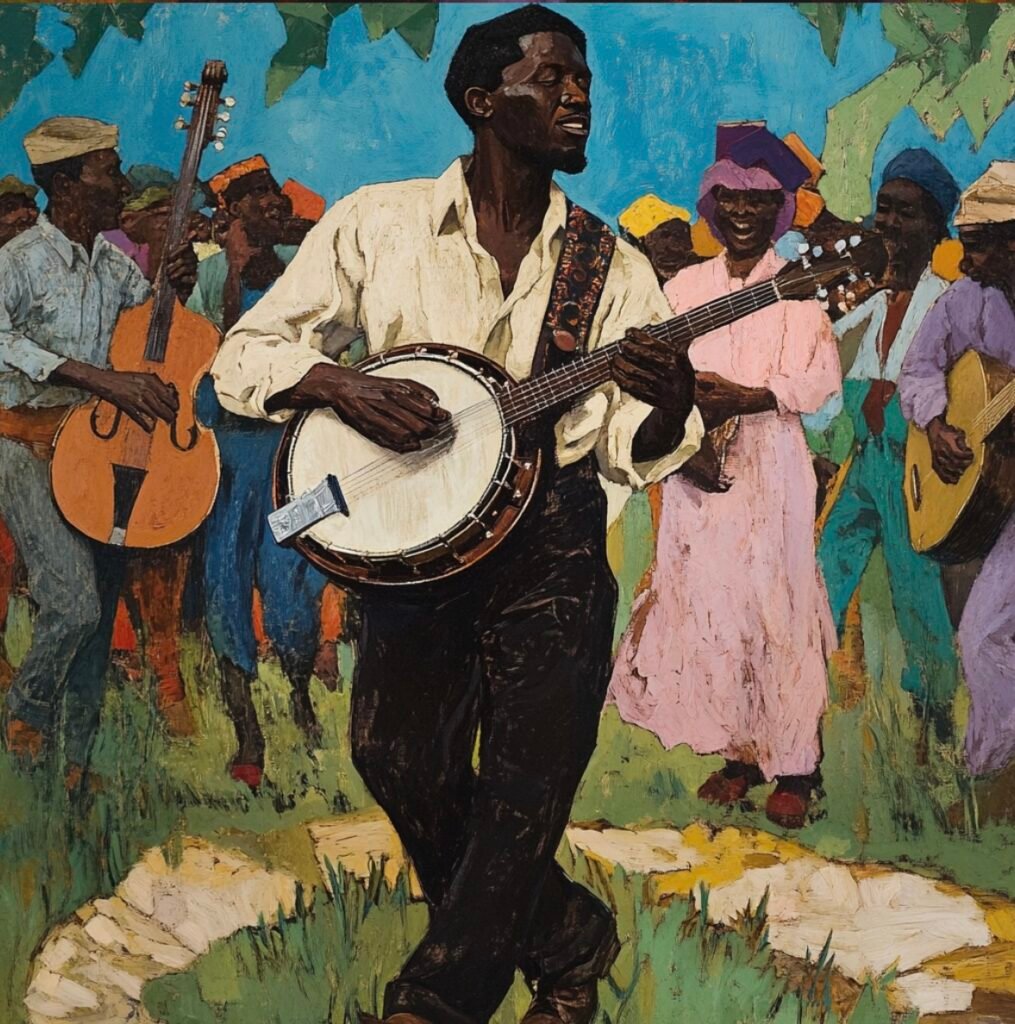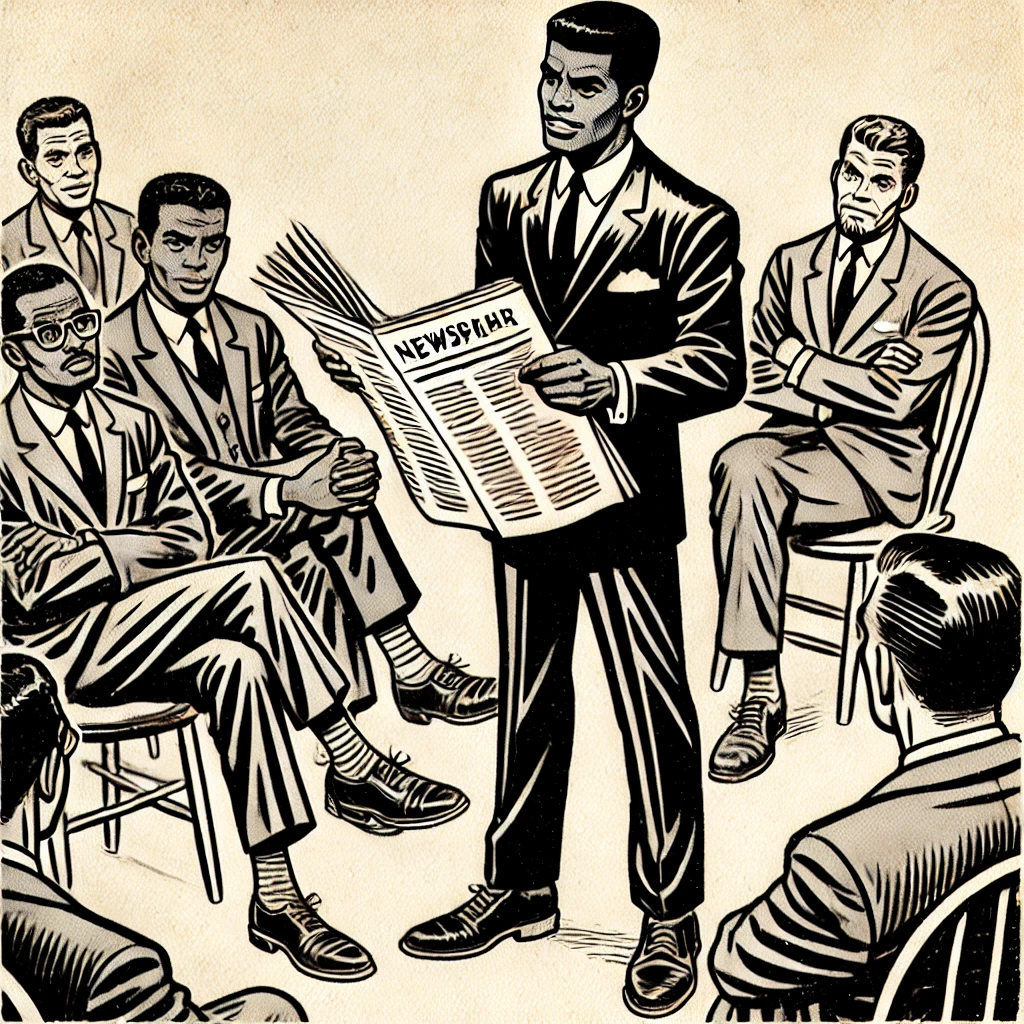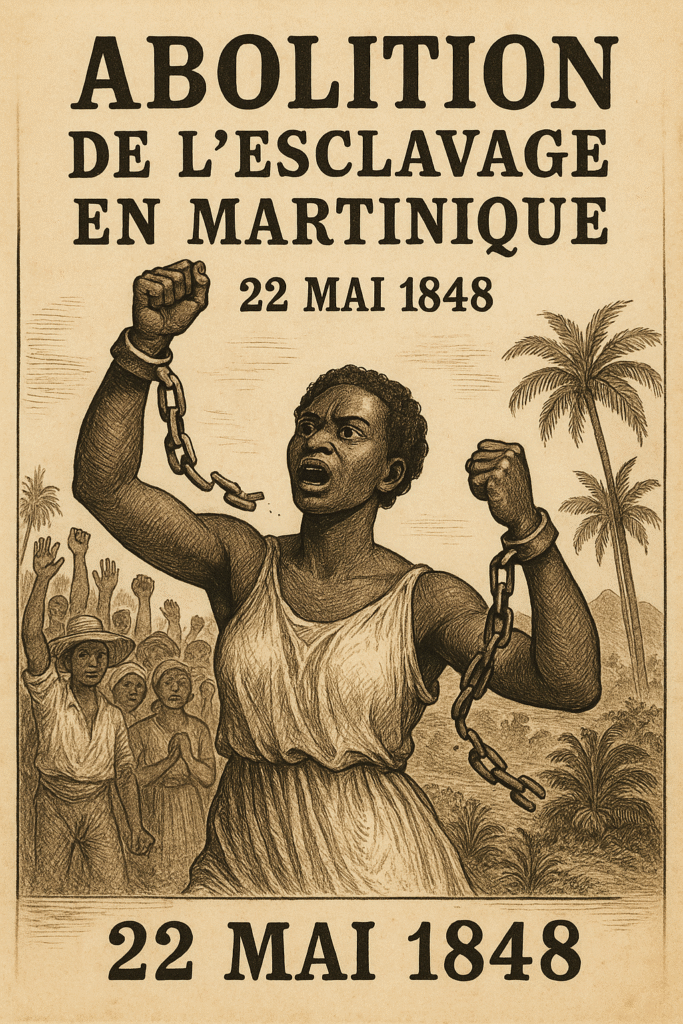When people think of the banjo, they often associate it with bluegrass, folk, or country music. However, the instrument’s roots run much deeper—originating in Africa and brought to the Americas by enslaved Africans. The banjo is not just an instrument; it is a testament to Black ingenuity, culture, and resilience.
African Origins: The Birth of the Banjo
Long before the banjo became a staple in American music, its ancestors were played in West Africa. Instruments such as the akonting (Jola people, Senegal/Gambia), the ngoni (Mali), and the xalam (various Sahelian cultures) featured a similar structure: a gourd body covered in animal skin with a long neck and strings. These instruments were essential to African storytelling and cultural traditions, used in celebrations, rituals, and oral histories.
When Africans were forcibly brought to the Americas through the transatlantic slave trade, they carried their musical traditions with them. By the 17th and 18th centuries, enslaved people in the Caribbean and North America began crafting early versions of the banjo using available materials such as gourds, animal hides, and wooden necks. These instruments were played at plantation gatherings, helping to preserve African musical traditions despite oppression.
Black Innovation: The Early Banjo Makers
Though the exact names of the first Black inventors of the banjo remain unknown due to slavery’s erasure of individual contributions, historical records confirm that African-descended musicians were the first to build and play the instrument in the Americas. The earliest documented reference to a banjo-like instrument appears in Martinique (Caribbean) in the 17th century, described as being played exclusively by enslaved Africans.
By the late 18th and early 19th centuries, the banjo had spread across the United States, particularly in the South. Black musicians, often performing on plantations and in early Black communities, refined the instrument’s design. Their innovations laid the groundwork for the modern banjo, influencing the sound of early American music.
The Whitewashing of the Banjo
Despite its African origins, the banjo’s history was largely whitewashed in the 19th century. White performers in minstrel shows—often in blackface—appropriated the instrument and its sound, making it a popular fixture in American entertainment. The banjo’s connection to Black culture was deliberately erased, and it became closely associated with Appalachian folk music, bluegrass, and later, country music.
Meanwhile, Black musicians continued playing and evolving the banjo’s sound. From early jazz to blues, the banjo was a key instrument in Black musical expression, even as mainstream history distanced it from its African heritage.
The Banjo’s Revival and Recognition
In recent decades, historians and Black musicians have worked to reclaim the banjo’s history. Artists such as Rhiannon Giddens, Taj Mahal, and Dom Flemons have shed light on the instrument’s African origins and its role in Black music. Research has also highlighted how Black inventors and craftsmen played a major role in shaping the banjo into what it is today.
The modern resurgence of interest in the banjo’s roots has inspired a new generation to appreciate its deep cultural significance. Many Black artists are now incorporating the banjo into hip-hop, R&B, and jazz, bringing the instrument full circle to its African diasporic origins.
Conclusion: Honoring Black Innovation
The banjo is more than just an instrument—it’s a symbol of Black creativity, perseverance, and influence on global music. While history may have attempted to erase its African roots, the truth is undeniable: Black musicians and inventors shaped the banjo, and their legacy continues to echo through time.
By recognizing the true origins of the banjo, we not only honor the ingenuity of its Black creators but also celebrate the rich musical traditions that continue to thrive today.










